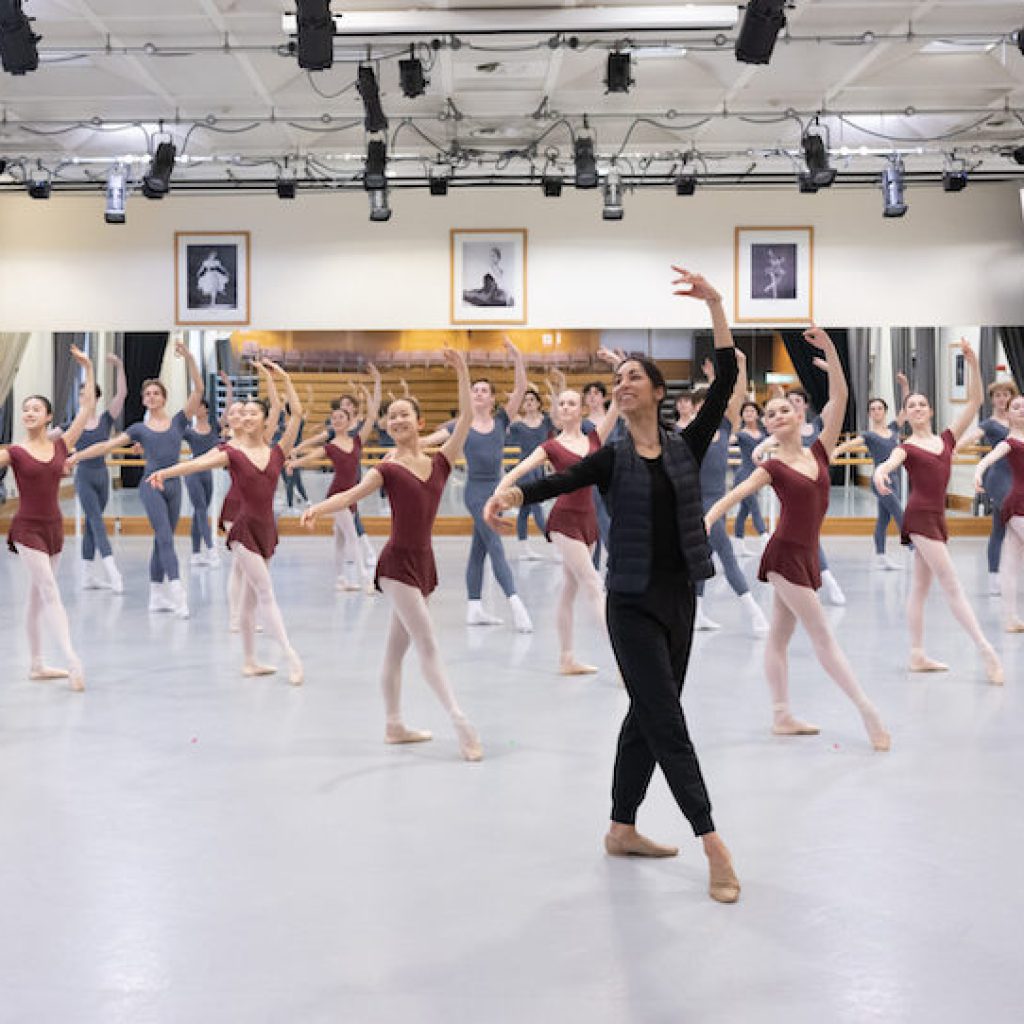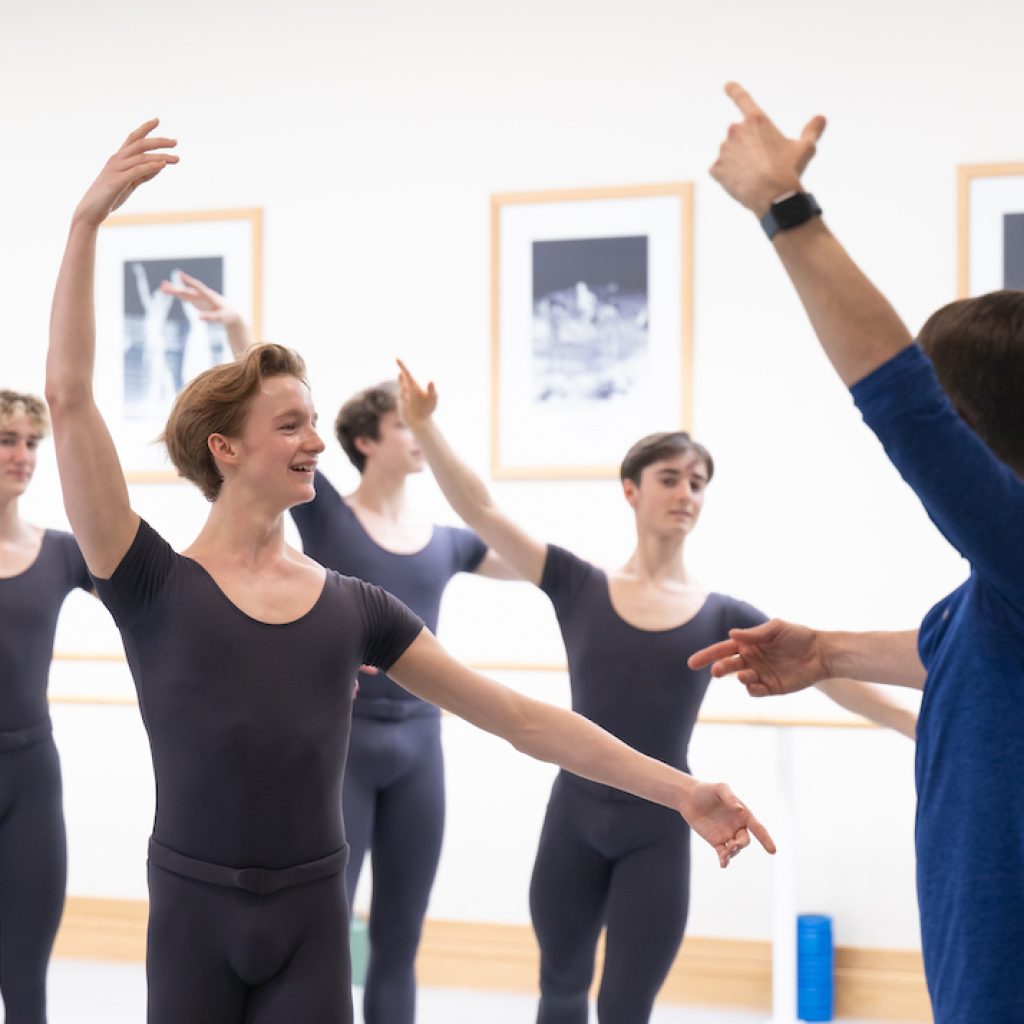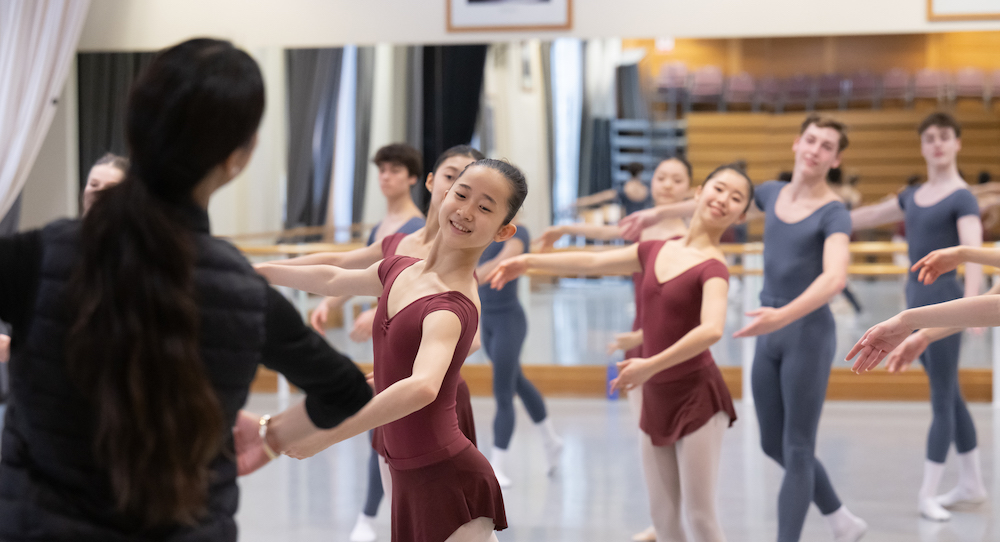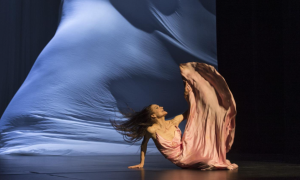The Royal Ballet School has announced a change to the way Year 7 and 8 students will be trained from 2026, with the introduction of enhanced national Associate centres and a new UK Scholars programme.
From September 2026, The Royal Ballet School will offer training to students of Year 7 (age 11-12 years) in their national Associate centres, through their International Scholars programme, and through a new UK Scholars programme, rather than in a full-time vocational setting. This means there will be no Year 7 students taken into the School to train full-time or to board from September 2026.
From September 2027, the School plans to extend this approach ot students of Year 8 age (12-13 years).

The change builds on the School’s current approach to nurturing aspiring professional dancers in the most effective and supportive way. It is the result of careful reflection in a unique context and is informed by the latest research and guidance from experts across dance, sport science, education, healthcare, and safeguarding.
“As one of the world’s leading ballet schools, we are committed to learning, reflecting on, and evolving our training, guided by experts using the wealth of knowledge we have from observing our own community and our context,” says Iain Mackay, Artistic Director of The Royal Ballet School. “We believe that our youngest students would benefit from a more gradual, diversified approach to their training.”
Over recent years, and more especially since September 2004, the School have been engaging with and participating in research on early specialisation in vocational dance training – that is, intensive, single-focus training from a young age. This process has included reflecting on their students’ needs and lived experiences, and consulting with senior teachers, Healthcare, Academic, Pastoral, Safeguarding and Teacher Training teams, and mental health specialists. The latest thinking from across the wider dance and sports sectors, which increasingly highlights the benefits of a more gradual, holistic approach to intensive training, has also been considered.
This process has led the School to conclude that, in this specific context, young dancers may benefit from more time to develop before entering full-time vocational training.

This change will not reduce the number of students who train full-time at The Royal Ballet School. Full-time places previously allocated to Year 7 and 8 students will be redistributed across the older year groups, allowing the School to continue to offer the same number of training places overall, with increased flexibility to support students at the most appropriate stage in their development.
“We are committed to balancing excellence with care and ensuring every child has the opportunity to thrive in the pursuit of this wonderful yet demanding art form,” Mackay says. “We know this is a big change. We take that very seriously and are focused only on delivering what is best for our students into the future.”
“In the ever-evolving world of best practice in vocational dance training, this new initiative by The Royal Ballet School feels timely and appropriate,” adds Kevin O’Hare, director of The Royal Ballet. “The changes announced place the needs of young people at their heart and have been carefully considered by the internal leadership team in collaboration with experts in the wider ballet and education system. As the School nears its centenary and continues to produce young dancers of exceptional talent, this is an important step for securing the ongoing commitment to the welfare and care of all its students. The Royal Ballet is fortunate in having so many of its dancers come through the School, as our founding director Dame Ninette de Valois had always envisaged. I am in no doubt that this significant pathway will continue as the School steps positively into its next hundred years.”














